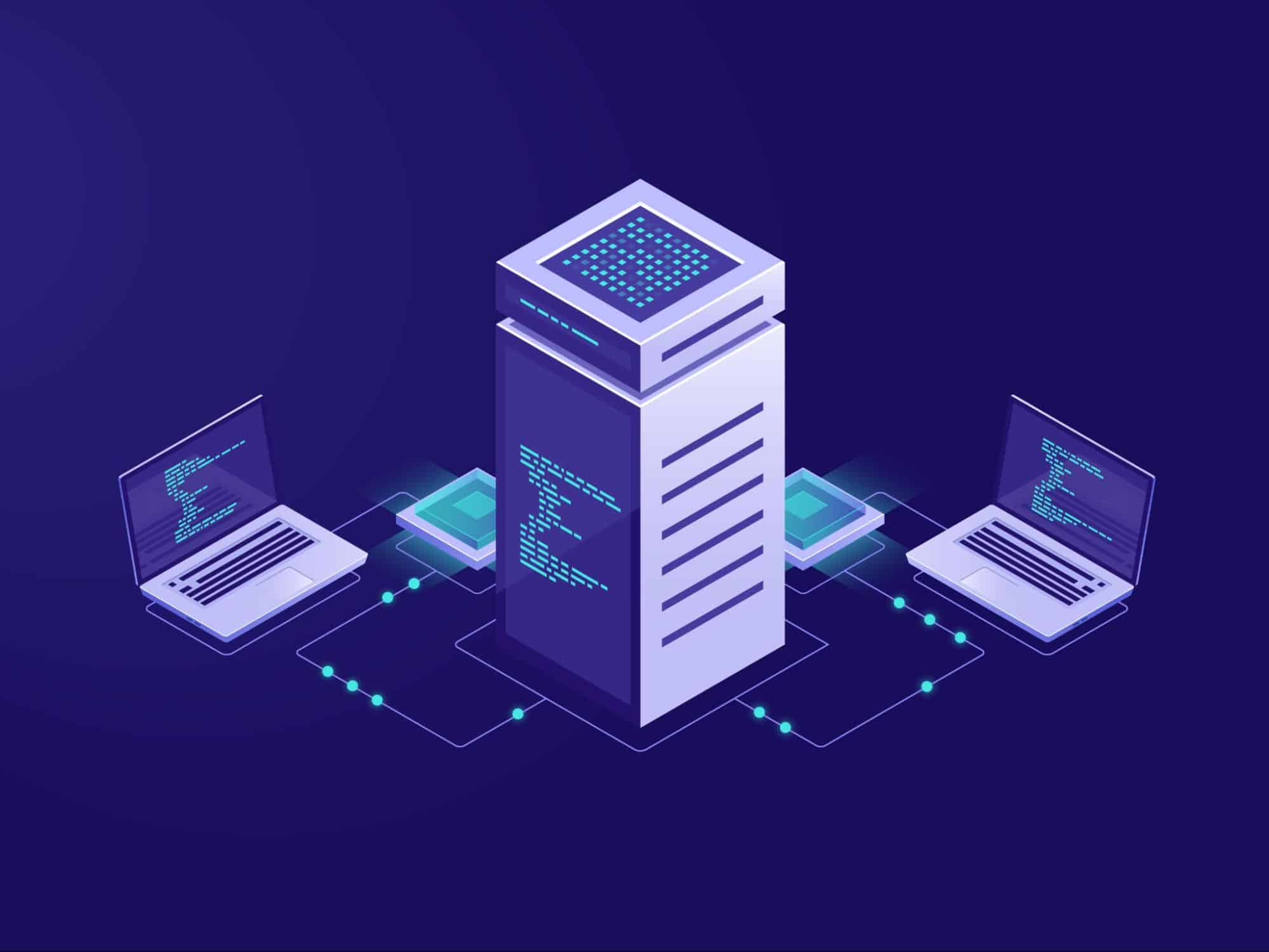
What is a load balancer? Simply put, a load balancer is a device or software that distributes network or application traffic across multiple servers. This ensures no single server becomes overwhelmed, leading to improved performance and reliability. Imagine a busy restaurant where a host directs guests to different tables to keep service smooth. Load balancers do the same for web traffic. They help prevent downtime, enhance user experience, and optimize resource use. Whether you're streaming videos, shopping online, or playing games, load balancers work behind the scenes to keep everything running smoothly. Ready to learn more? Let's dive into 17 fascinating facts about load balancers!
What is a Load Balancer?
A load balancer is a device or software that distributes network or application traffic across multiple servers. This ensures no single server becomes overwhelmed, improving performance and reliability.
- Load balancers help prevent server overload by distributing traffic evenly.
- They can be hardware-based or software-based, depending on the needs of the network.
- Load balancers can operate at different layers of the OSI model, such as Layer 4 (transport) or Layer 7 (application).
Types of Load Balancers
Different types of load balancers serve various purposes. Understanding these types can help in choosing the right one for your needs.
- Hardware load balancers are physical devices that manage traffic. They are often used in large data centers.
- Software load balancers run on standard servers and are more flexible and cost-effective.
- Cloud-based load balancers are hosted by cloud service providers, offering scalability and ease of use.
How Load Balancers Work
Load balancers use various algorithms to decide how to distribute traffic. These algorithms ensure efficient and fair distribution.
- Round-robin is a simple method where each server gets traffic in turn.
- Least connections sends traffic to the server with the fewest active connections.
- IP hash uses the client's IP address to determine which server will handle the request.
Benefits of Using Load Balancers
Using load balancers can significantly improve the performance and reliability of your network or application.
- Improved performance by distributing traffic, ensuring no single server is overwhelmed.
- Increased reliability through redundancy, so if one server fails, others can take over.
- Scalability allows adding more servers to handle increased traffic without downtime.
Security Features of Load Balancers
Load balancers also contribute to the security of your network by providing various protective measures.
- DDoS protection helps mitigate distributed denial-of-service attacks by distributing traffic.
- SSL termination offloads the SSL decryption process from servers, improving performance.
- Web application firewall (WAF) can be integrated to protect against common web threats.
Real-World Applications of Load Balancers
Load balancers are used in various industries to ensure smooth and reliable operations.
- E-commerce websites use load balancers to handle high traffic volumes during sales events.
- Streaming services rely on load balancers to provide uninterrupted viewing experiences to millions of users.
Final Thoughts on Load Balancers
Load balancers are essential for keeping websites and applications running smoothly. They distribute incoming traffic across multiple servers, ensuring no single server gets overwhelmed. This helps improve performance, reliability, and security. By preventing server overloads, load balancers reduce downtime and enhance user experience. They also offer features like SSL termination, which offloads encryption tasks from servers, and health checks to monitor server status.
Understanding the role of load balancers can help businesses make informed decisions about their IT infrastructure. Whether you're running a small website or a large application, incorporating a load balancer can provide significant benefits. From handling traffic spikes to improving security, load balancers are a key component in modern web architecture. So, next time you experience a seamless online experience, remember that a load balancer might be working behind the scenes to make it possible.
Was this page helpful?
Our commitment to delivering trustworthy and engaging content is at the heart of what we do. Each fact on our site is contributed by real users like you, bringing a wealth of diverse insights and information. To ensure the highest standards of accuracy and reliability, our dedicated editors meticulously review each submission. This process guarantees that the facts we share are not only fascinating but also credible. Trust in our commitment to quality and authenticity as you explore and learn with us.


